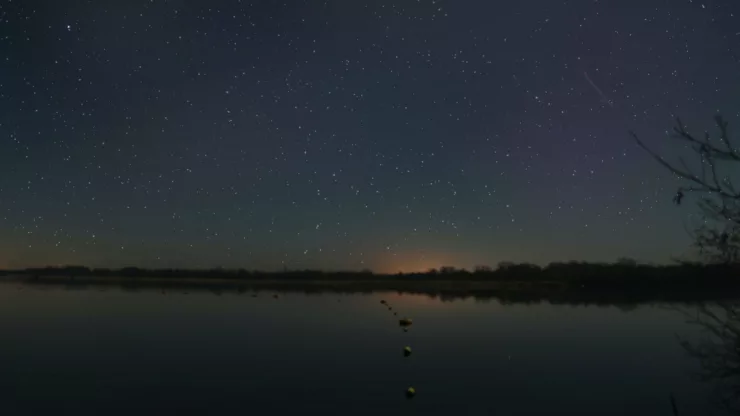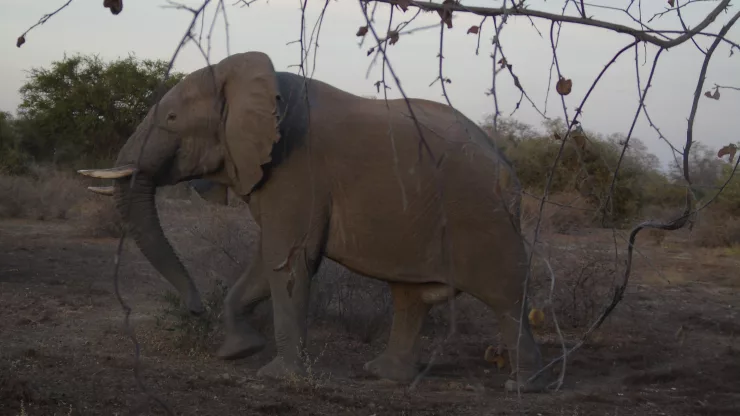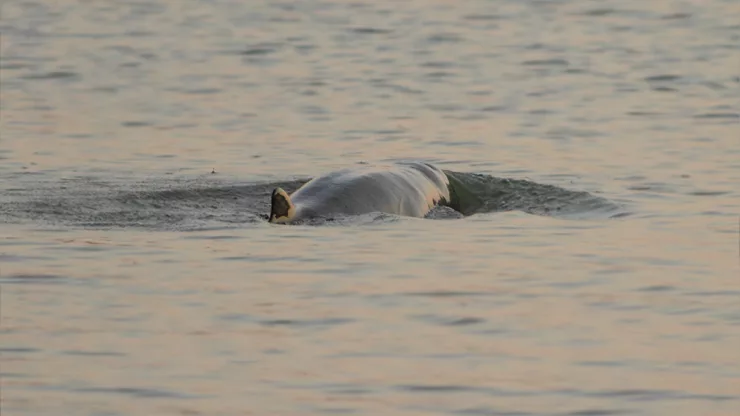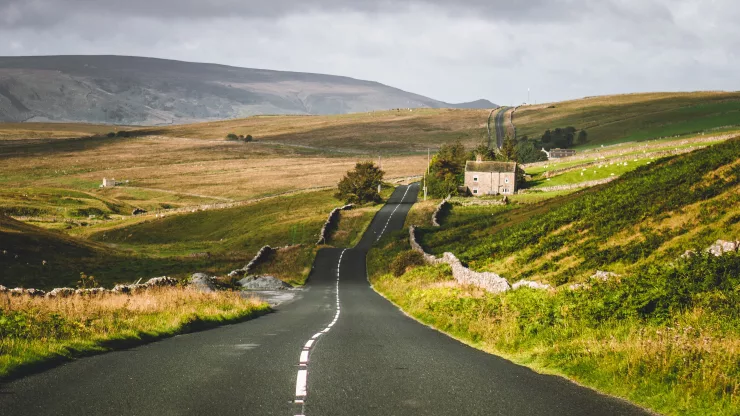The Norfolk Broads National Park is a haven for wildlife enthusiasts and nature lovers.
It boasts of diverse habitats, including marshes, reed beds, fens, rivers, and woodlands, that provide a home to a wide variety of flora and fauna.
This article provides an in-depth look at the wildlife of Norfolk Broads National Park, conservation efforts, and the best ways to explore the area.
Jump to Section
Introduction
Norfolk Broads National Park is located in the East of England and covers an area of approximately 303 square kilometers.
It is a unique landscape of interconnected waterways, lagoons, and lakes that formed from medieval peat excavations.
The area is a popular destination for boating, fishing, cycling, and walking. However, it is the wildlife that draws most visitors to the park.
Overview of Norfolk Broads National Park
Norfolk Broads National Park is home to over 4000 species of plants and animals, including rare and endangered species.
The park is also a designated Special Protection Area (SPA) and Site of Special Scientific Interest (SSSI) due to its importance for wildlife.
The Wildlife of Norfolk Broads National Park
The Norfolk Broads National Park is home to diverse wildlife, including birds, mammals, and fish.
Birdlife
The park is a birdwatcher’s paradise and attracts bird enthusiasts from all over the world.
The area is home to over 300 species of birds, making it one of the best places in the UK for bird watching.
Waterfowl
Norfolk Broads National Park is home to various species of waterfowl, including the rare bittern and the brilliant kingfisher.
Other waterfowl species commonly seen include swans, ducks, and geese.
Birds of Prey
The park is also a nesting site for many birds of prey, such as marsh harriers, kestrels, and barn owls.
Mammals
Norfolk Broads National Park is home to various mammals, including otters, deer, and bats.
Otters
Otters are a rare and elusive species that can be spotted in the park’s waterways.
They are most active at dawn and dusk and are known for their playful behavior.
Deer
The park is home to several species of deer, including the roe deer and the muntjac. These deer can be seen grazing in the park’s woodlands.
Bats
Norfolk Broads National Park is home to 17 species of bats, making it an important area for bat conservation in the UK.
Fish
Norfolk Broads National Park has an abundant population of fish, making it a popular destination for anglers.
Pike
Pike is one of the most sought-after fish in the park’s waterways. These predatory fish can grow up to 1.5 meters long and weigh over 20 kilograms.
Bream
Bream is a species of freshwater fish that is commonly found in the park’s lagoons and lakes.
Roach
Roach is a small freshwater fish that can be found in the park’s rivers and waterways.
Conservation Efforts in Norfolk Broads National Park
Norfolk Broads National Park is a designated protected area, and there are several conservation efforts in place to protect its wildlife and habitats.
Preservation of Habitat
The park’s habitats are carefully managed to preserve their biodiversity.
The park’s management team works to maintain the balance between conservation and recreational activities, such as boating and fishing.
Management of Invasive Species
Invasive species are a threat to the park’s native flora and fauna.
The park’s management team works to control the spread of invasive species and restore habitats affected by them.
Collaboration with Local Communities
The park works closely with local communities to promote conservation efforts and raise awareness of the importance of protecting the park’s wildlife and habitats.
Exploring Norfolk Broads National Park
There are several ways to explore Norfolk Broads National Park, including boating tours, walking and cycling trails, and wildlife watching hotspots.
Boating Tours
Boating tours are a popular way to explore the park’s waterways and see its wildlife up close.
The park has several boat tour operators that offer guided tours.
Walking and Cycling Trails
The park has several walking and cycling trails that provide visitors with an opportunity to explore its woodlands, marshes, and rivers.
Wildlife Watching Hotspots
The park has several wildlife watching hotspots, including Hickling Broad, which is a nesting site for many bird species, and How Hill, which is home to a variety of dragonflies and butterflies.
Conclusion
Norfolk Broads National Park is a unique landscape that provides a home to a wide variety of flora and fauna.
Its diverse habitats and abundant wildlife make it a popular destination for nature enthusiasts.
However, it is important to protect the park’s wildlife and habitats for future generations.
Protecting Norfolk Broads National Park’s Wildlife
Protecting Norfolk Broads National Park’s wildlife is crucial to maintaining the park’s biodiversity.
Visitors can help protect the park by following the park’s rules and regulations and being mindful of their impact on the environment.
FAQ
What is the best time to visit Norfolk Broads National Park?
The best time to visit Norfolk Broads National Park is during the summer months (June to August) when the weather is warm and dry.
However, the park can be visited year-round, and each season offers different wildlife viewing opportunities.
Can I bring my dog to Norfolk Broads National Park?
Dogs are welcome in the park but must be kept on a lead in some areas. There are also designated dog-free areas within the park.
Can I fish in Norfolk Broads National Park?
Yes, fishing is allowed in Norfolk Broads National Park, but a fishing permit is required.
The park has several fishing spots, and visitors are advised to check the park’s rules and regulations before fishing.
I’m a nature enthusiast and creator of Metro Wilds and have spent years exploring the great outdoors.
With a passion for environmental conservation and sustainability, I have dedicated my career to writing about the beauty and wonders of nature, as well as the threats facing our planet.
Contact me at [email protected] for assistance.





